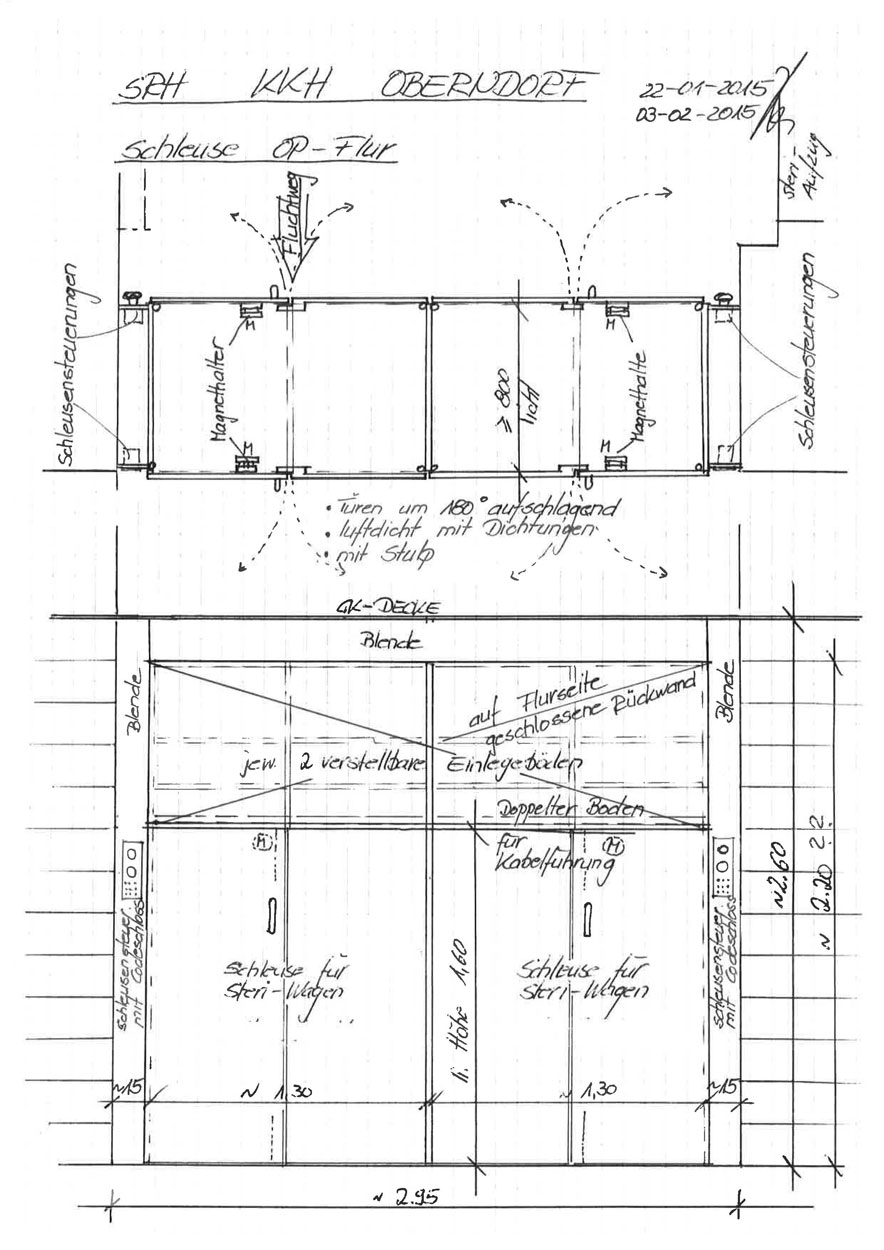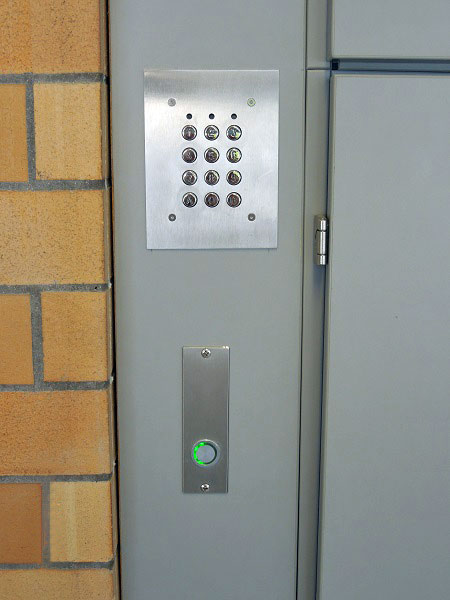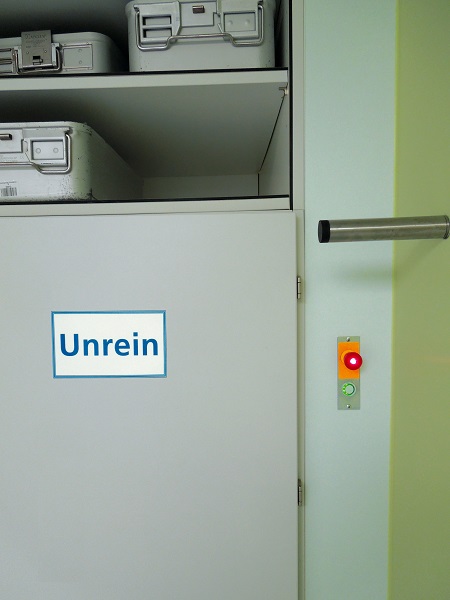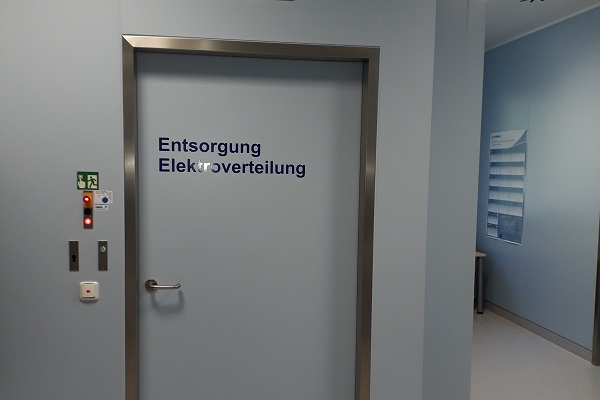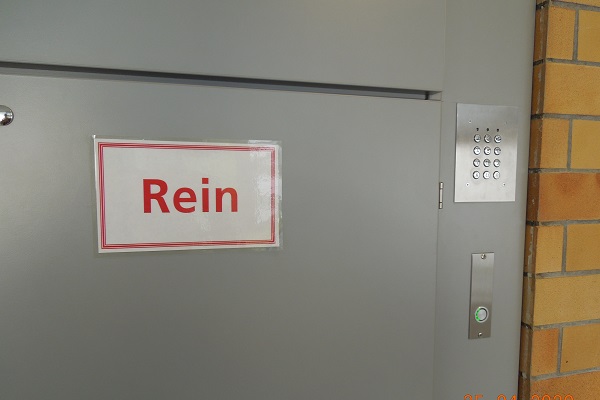Hospital hygiene is a top priority in the renovation of the SRH clinic in Oberndorf/Neckar (Germany)
Interlock cabinet in the surgical area provides sterile instruments – and acts as a 2nd escape route in case of emergency
The SRH hospital in Oberndorf was recently completely renovated and upgraded to the latest standards. This included the modernisation of the existing surgical area in the 5th construction phase as well as the construction of a further, completely new operating room. The highest standards of hygiene and sterility apply to the entire operating area. Therefore, material required for operations only enters the operating area in special sterile trolleys via a material interlock, while dirty material only leaves the operating area through a second, separate material interlock.
The importance of hygiene, the absolute separation of sterile and dirty supplies, the regulated pathways of material in hospitals, became suddenly clear to the entire population at the latest with the corona crisis.
Through the interlock for instruments and material, sterile supplies enter the operating area safely
There are always highly tense and stressful times in the operating room. For this reason, the management of the clinic decided to retrofit the interlocks for sterile supplies with an interlock control system which prevents accidental handling errors from happening.
The interlock for material and instruments is built as a cabinet with airtight doors. The lower section – 1.60 m high – consists of two completely separate compartments: one for “clean” and one for “unclean” material. The unclean material is discarded from the corridor outside the OR area. However, this cannot be done when the cabinet door in the OR area is open. In addition, only authorised personnel specially trained for this purpose may do so. For this reason, access from the corridor is additionally secured by an access control system. The door can only be opened by entering the correct code on the keypad on the terminal of the access control system. And if the door in the OR area is open, the door on the corridor won’t open.
No access control is required in the OR area. However, since the door on one half of the cabinet also serves as a second escape route in case of emergency, there is also a terminal with an EMERGENCY OPEN switch. A retrofittable seal can be additionaly installed to prevent accidental activation of the switch.
Additionaly, the cabinet doors are each locked by a bar magnet.
The interlock control system is extremely compelling thanks to its simple installation and versatile adjustment options
The DICTATOR interlock control system is also extremely compelling in this case because the electrical wiring of the components is almost completely pluggable. It can accomodate many special requests very flexibly and the regulation of the dependencies of the total of 4 cabinet doors via DIP switches is extremely easy – and could also be adapted to new requirements at any time.
The material interlock for clean and unclean surgical material also serves as a second escape route in case of emergency – a system that has been thought out in every detail. The cabinet doors per “compartment” are double-wing to save space. To ensure that the wings always open in the same order, one wing is designed with an overlap. This wing is also locked by a bar magnet. However, to ensure that both leaves are always securely closed, a separate feedback contact is used to check whether the second leaf is also closed. Only when both the feedback contact and the bar magnet report that both doors are securely closed can the door on the other side of the interlock be opened.
Without entering the right code, it is not possible to unlock the interlock door/the bar magnet that locks the door from the inside by pressing the button on the interlock operating terminal. The green light on the terminal indicates that the door on the other side is closed, i.e. the door could theoretically be opened. As soon as a door is unlocked, the terminal on the other side of the interlock changes to red.

